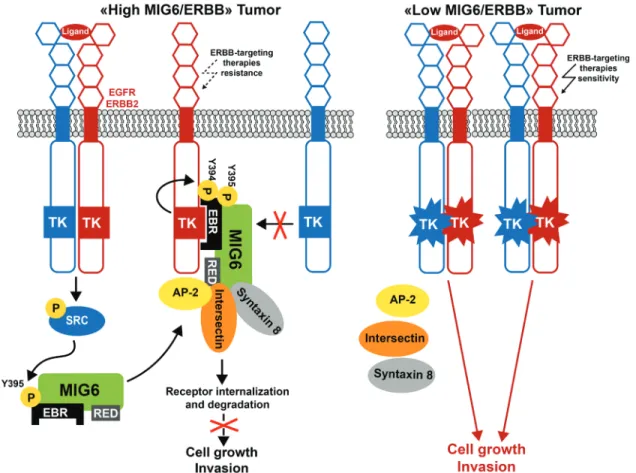The role of small adaptor proteins in the control of oncogenic signaling driven by tyrosine kinases in human cancer
Texte intégral
Figure




Documents relatifs
Overall, these data show that BRD4 levels are higher in the muscle of Duchenne patients and in the mdx skeletal muscle, prompting us to further characterize BRD4 function in the
Grandel H, Kaslin J, Ganz J, Wenzel I, Brand M: Neural stem cells and neurogenesis in the adult zebrafish brain: Origin, proliferation dynamics, migration and cell fate. Grisendi
présentées. Les températures et les masses de fluide frigorigène cyclés expérimentales et théoriques sont comparables et en accord appréciable. On constate tout~fois
(Expérience III).. Pour les champs thermiques au sol, nous pouvons remar- quer une similitude générale dans la répartition des maxima et minima de la
Expression of C/EBP TFs in Tet2 +/+ cells led to reduced and delayed mast cell differentiation ( Figures 6 B and 6F), resem- bling the phenotype observed in the absence of Tet2,
gondii employs a form of motility called the gliding motility which allows the parasites to move at a speed of ~ 1μm/s across cell surfaces (Hakansson et al.,
Here, we review how the Src-like adaptor protein (SLAP) and the suppressor of cytokine signalling (SOCS) adaptor proteins regulate the SRC and the Janus kinase (JAK) oncogenic
The confrontation of two bodies of academic literature, the first on migration and climate change and the second on glacial retreat impacts allows the conceptualisation

